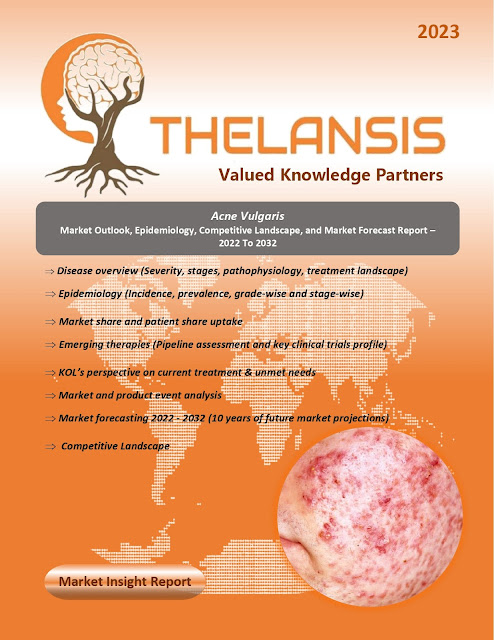Cervical Cancer – Market Outlook, Epidemiology, Competitive Landscape, and Market Forecast Report – 2023 To 2033
Cervical cancer ranks among the most prevalent malignancies affecting the female reproductive system. It stands as the second leading cause of cancer-related deaths in women aged 20 to 39. The prognosis for cervical cancer patients, especially those in advanced stages, remains grim. Human papillomavirus (HPV) infects the majority of sexually active individuals at some point in their lives. There exist more than 130 distinct HPV types, with 20 of them associated with cancer. The rates of HPV-related cervical dysplasia are only documented in women. The most frequently encountered HPV strains in invasive cervical cancer are HPV 16 and 18. Risk factors for HPV and cervical cancer encompass factors such as the age at first sexual intercourse, having multiple sexual partners, smoking, herpes simplex infection, HIV infection, co-infection with other genital infections, and the use of oral contraceptives. HPV spreads through skin-to-skin contact, including sexual intercourse, hand-to-genital contact, and oral sex. Over 75 percent of cases are linked to high-risk HPV types 16 and 18. It is crucial to evaluate visible cervical lesions for signs of cervical cancer. Nevertheless, cervical cancer in its early stages usually does not present as an obvious mass and, as mentioned earlier, tends to be asymptomatic.
·
Each year in the United States, about 11,500
new cases of cervical cancer are diagnosed.
Thelansis’s
“Cervical Cancer Market Outlook, Epidemiology, Competitive Landscape, and
Market Forecast Report – 2023 To 2033" covers disease overview,
epidemiology, drug utilization, prescription share analysis, competitive
landscape, clinical practice, regulatory landscape, patient share, market
uptake, market forecast, and key market insights under the potential Cervical
Cancer treatment modalities options for eight major markets (USA, Germany,
France, Italy, Spain, UK, Japan, and China).
KOLs insights of Cervical Cancer
across 8 MM market from the centre of Excellence/ Public/ Private hospitals
participated in the study. Insights around current treatment landscape,
epidemiology, clinical characteristics, future treatment paradigm, and Unmet
needs.
Cervical
Cancer Market Forecast Patient Based Forecast Model (MS. Excel Based
Automated Dashboard), which Data Inputs with sourcing, Market Event, and
Product Event, Country specific Forecast Model, Market uptake and patient share
uptake, Attribute Analysis, Analog Analysis, Disease burden, and pricing
scenario, Summary, and Insights.
Thelansis Competitive Intelligence (CI) practice
has been established based on a deep understanding of the pharma/biotech
business environment to provide an optimized support system to all levels of
the decision-making process. It enables business leaders in forward-thinking
and proactive decision-making. Thelansis supports scientific and commercial
teams in seamless CI support by creating an AI/ ML-based technology-driven
platform that manages the data flow from primary and secondary sources.
Tags: Cervical
Cancer, Cervical Cancer market outlook, Cervical
Cancer competitive landscape, Cervical Cancer market forecast, Thelansis, Primary market research, KOL
insights, Competitive Intelligence (CI)




Comments
Post a Comment